Loner Lizards Stress in Shared Shade
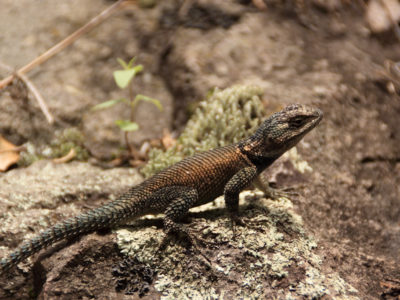
Human introverts aren’t the only ones who get stressed in shared social environments. Lizards like patchy and spread out shaded spaces where they can avoid interactions with other lizards.

Human introverts aren’t the only ones who get stressed in shared social environments. Lizards like patchy and spread out shaded spaces where they can avoid interactions with other lizards.
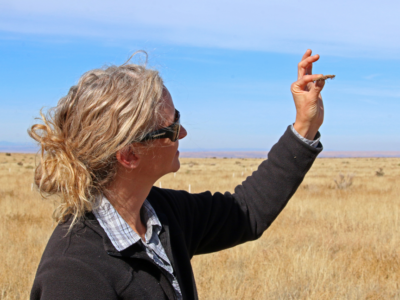
Blue grama grass, golden stems meeting dead undergrowth beneath, completely surrounded Dr. Jen Rudgers in the Sevilleta National Wildlife Refuge (NWR). The meadow stretched as far as the eye could see, eventually meeting a dense slope of creosote shrubland, surrounded by bronze mountains in central New Mexico. The cool of early morning had already given… Read more »
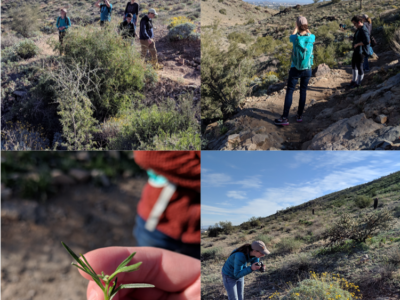
Students from the Central Arizona-Phoenix, Sevilleta, and Jornada LTER visit and present posters at the CAP LTER All Scientists Meeting.
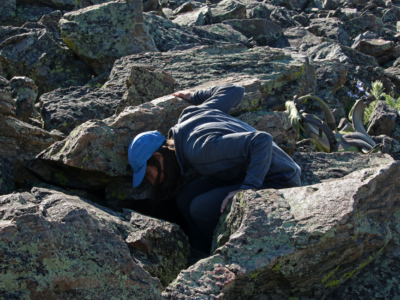
My second morning at the Niwot Ridge LTER dawned warm but windier than the day before, and I zipped up a red jacket over my long sleeves and jeans. Ashley Whipple, a graduate student, met me at the office building, and we trundled into one of the two SUVs shuttling up to the field site… Read more »
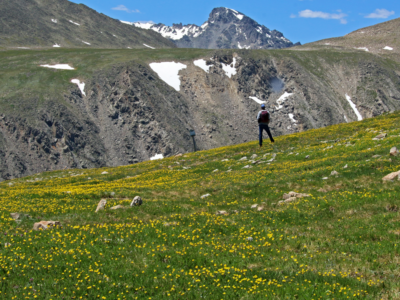
My rental car clock read 7:30 a.m., but the parking lot at Niwot Ridge Long Term Experimental Research Site (LTER) was already buzzing with activity. Young people slammed rear car doors and packed backpacks, filled water bottles, and slathered on sunscreen. Inside the main building, a new cohort of young ecologists listened to a safety… Read more »
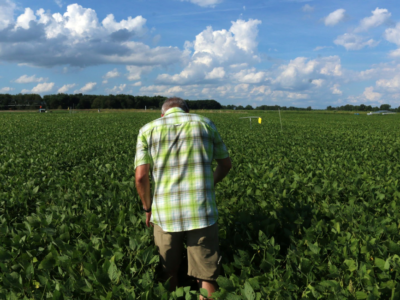
Dr. Doug Landis waded into a soybean field in Michigan’s Kellogg Biological Station LTER Site. Bending down in the September heat, he carefully turned over leaf after leaf. After a few seconds he stopped, “Here they are!” I crouched down to my heels, bringing my face close to the rough underside of the leaf. Dr…. Read more »
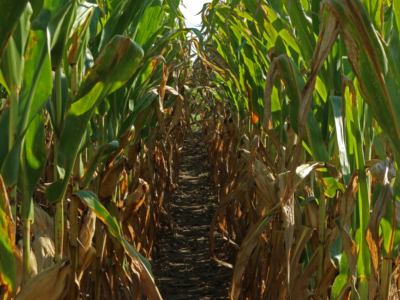
Puffy clouds skirt the late summer sky, occasionally dumping a shower on our heads while Dr. Doug Landis and I walked between the crop rows at the Kellogg Biological Station (KBS) in Michigan. Breezes ruffled the soybean leaves like waves, but few insects or birds zipped through the sky above the crops. Near the corn… Read more »
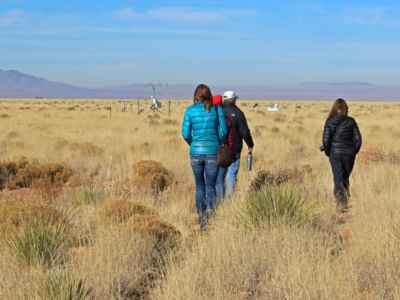
Across the world, shrubs are encroaching on landscapes. In Virginia, they take over coastal islands; in Colorado, they move across mountain tundra. In New Mexico, creosote outcompetes native grasses, drastically changing the drylands ecology in the Sevilleta LTER and Wildlife Refuge. Surrounded by remaining grasslands and the mountains in the distance, I stood beneath one… Read more »
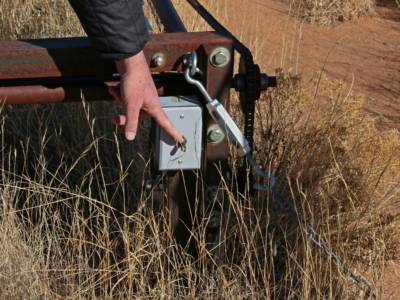
At night, 10 m x 10 m sliding screens come alive in New Mexico’s Sevilleta National Wildlife Refuge (NWR). Across the refuge’s grass and shrubland regions, the screens roll across metal rectangles, trapping heat from the day and raising the temperature of the ground. Back at computers in Albuquerque, Sevilleta LTER researchers monitor their equipment,… Read more »
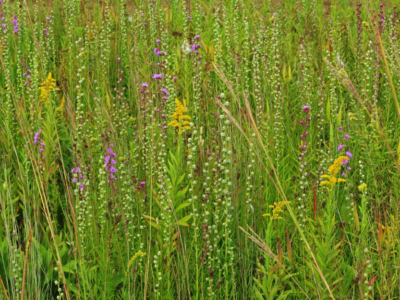
In my basic college ecology class, we spent an entire chapter discussing biodiversity. In the environmental field, there are a few bedrock principles we often take for granted: one, more diversity is good; two, biodiversity leads to more resilient ecosystems; and three, biodiversity should be a goal for land managers. But how do we actually… Read more »